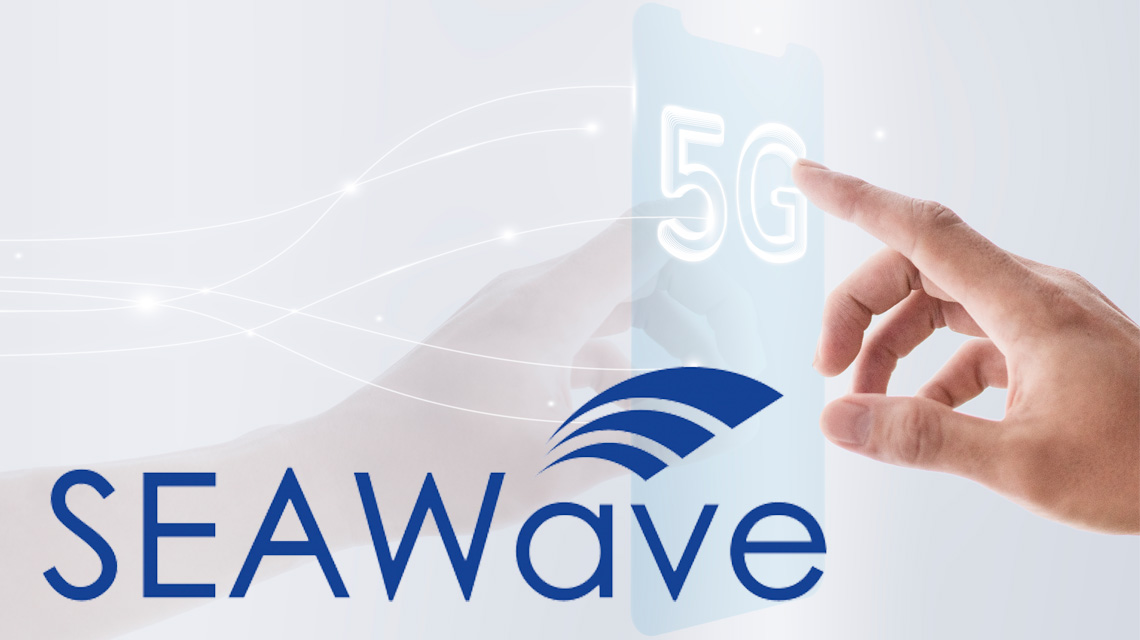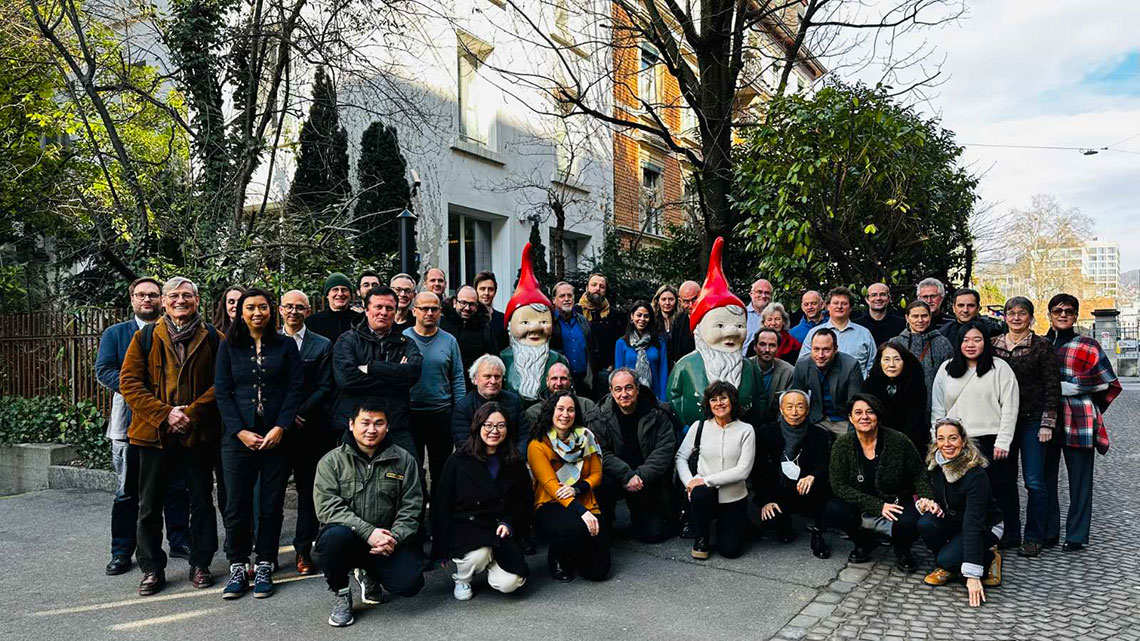Italian National Agency for New Technologies, Energy and Sustainable Economic Development

Health: 5G, European project studies potential health effects on humans
Assessing the potential health risk associated with electromagnetic fields generated by 5G mobile phone technology is the objective of the EU project SEAWave[1], funded as part of Horizon Europe with over 7 million euro and conducted by a consortium comprising 16 partners, including ENEA.
Coordinated by the Aristotle University of Thessaloniki (Greece), the project aims at quantifying the differences in exposure patterns between 2G-4G and 5G for the entire population, including children.
It will provide the necessary technological tools for a reliable exposure evaluation and gain further scientific knowledge on the risk to human health from exposure to millimeter waves.
“We will contribute to the development of new hi-tech systems enabling controlled and reproducible exposures to 5G electromagnetic emissions, to test the potential risks related to chronic exposure to the new frequency band for the target tissues, particularly the skin", explained Mariateresa Mancuso, head of the ENEA Biomedical Technologies Laboratory and project coordinator for the Agency. “In our laboratories – she said - studies have already been conducted on the biological effects of the electromagnetic fields associated with the previous 2G, 3G and 4G mobile phone technologies; in particular, ENEA focused on the immune, nervous, haematopoietic[2], auditory and carcinogenic systems. In all cases, there were no significantly different results compared to the unexposed groups."
5G is divided into three frequency bands (low, mid, and high) the 700 MHz band, between 694 and 790 MHz (known as the 700 MHz band) which has an effective in-building coverage; an intermediate band between 3.6 and 3.8 GHz (called 3.7 GHz Band), a third between 26.5 and 27.5 GHz (called 26 GHz Band). The latter falls within the definition of the so-called millimeter waves, which can transfer large quantities of data but need a larger bandwith[3], especially in those places where a large use is expected like as airports, stations and shopping centers. 5G technology, beside its use in mobile telephony, will enable new and revolutionary applications, like the Internet of things (IoT), fast connections among machines (drones) and crucial ones like autonomous driving and telesurgery. Furthermore, it will be among the key enablers of new technologies like artificial intelligence, cloud computing and virtual reality.
“The benefits of this new millimeter-wave technology and its impact on the global economy are now evident. It must be considered, however, that it is the first time that 5G band frequencies are used to connect handheld devices, that can be temporarily attached to the human body or even worn. Therefore a health risk assessment- based on scientific evidence - is more than ever necessary to evaluate possible risks for humans", concluded Mariateresa Mancuso.

Notes
[1] “Scientific-Based Exposure and Risk Assessment of Radiofrequency and mm-Wave Systems from children to elderly (5G and Beyond)”
[2] The hematopoietic system includes the organs responsible for hematopoiesis, i.e. the production of the cellular components of blood: red blood cells, white blood cells and platelets.
[3] In the higher frequency band (27.5 GHz) electromagnetic fields cannot propagate over long distances, as they cannot penetrate through buildings and are easily absorbed by vegetation or rain. “Small cells' (individual antennas that cater to a small segment of the territory) enhance cellular network coverage and capacity. They are much smaller areas of coverage than the traditional macrocells (up to a few tens of kilometres). Consequently, the number of antennas will progressively increase, although, given the small size of the cells, their emission powers will be considerably lower than those of current radio base stations, with lower emission peaks near the antennas.
